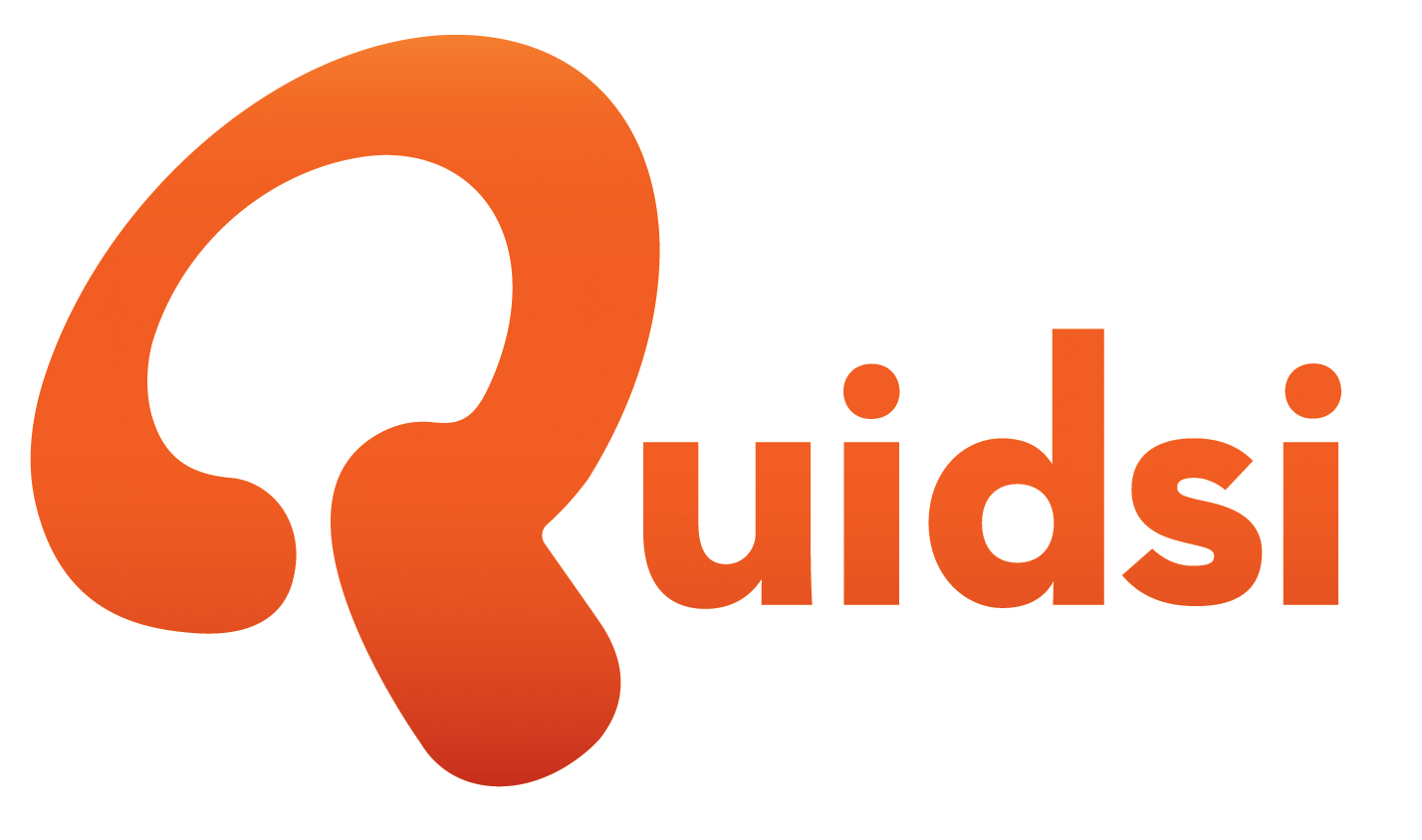When Amazon announced that it will be shutting down a group of niche websites operating under the Quidisi division, the industry went into a bit of shock, not because of the $545 million Amazon paid in 2010 to buy Quidisi, but because of the reason the company gave for shutting the unit down.
This is what an Amazon spokesperson said about the shutdown:
“We have worked extremely hard for the past seven years to get Quidsi to be profitable, and unfortunately we have not been able to do so. Quidsi has great brand expertise and they will continue to offer selection on Amazon.com; the software development team will focus on building technology for AmazonFresh.”
Now, there’s a big problem with that statement. The problem is, the Amazon we know does not care about profitability. It cares about cash flow.
Here’s an excerpt from a Harvard Business Review interview with Amazon CEO Jeff Bezos:
ADI IGNATIUS: At what point will the goal change from lowering margins, building market share, to making a bigger profit?
JEFF BEZOS: Percentage margins are not one of the things we are seeking to optimize. It’s the absolute dollar-free cash flow per share that you want to maximize, and if you can do that by lowering margins, we would do that. So if you could take the free cash flow, that’s something that investors can spend. Investors can’t spend percentage margins.
Jeff Bezos wasn’t joking. Amazon has always been like that, always burning through as much money as they can, constantly expanding, and basically finding new ways to spend cash.
Ask yourself this: the Amazon Prime program has a boatload of benefits customers can enjoy, but how many of them are profitable for the company?
The idea is to build a moat around the retail business and give enough reasons for customers to stay within the Amazon ecosystem, thereby increase scale – not increase profitability.
Amazon’s spokesperson’s statement flies in the face of the company’s very DNA, and it simply does not make any sense.
So, if profitability was not the root cause of the decision to pull down Quidisi, what else can it be? It could be a sales slowdown, or even the fact that separate channels or niche websites can take traffic away from Amazon’s core retail portals.
That’s one theory.
The second – and more plausible – theory is this:
Amazon bought Quidisi in 2010, nearly six years ago when Amazon’s total revenues were at $34.204 billion. Between then and now the company has already added nearly $101 billion in annual sales to that number.
When they acquired Quidisi, Amazon was only $18 billion strong in the North American market. Quidisi and its niche group of websites – not to forget their customers, expertise, talent and the tech behind the group – were extremely attractive for Amazon.
“Quidsi succeeded for a variety of reasons: operational efficiency, great marketing and design, and exceptional customer service.” – BusinessInsider
But today, the Amazon world is completely different. It does not need niche portals because it already has multiple entry points to its core retail unit. It could have been just a hard-nosed business decision, and the company could just as easily have said “it was great to have Quidisi because it gave us the extra customers when we needed it, and it brought a lot of innovation and operational ideas to the table,” and they could have left it at that.
Okay, now comes the intriguing part.
Marc Lore, who sold Quidisi to Amazon, went on to run Jet.com, which is now Wal-Mart’s main weapon against the e-commerce giant in the online retail space.
By citing profitability as the reason for shutting down Quidisi, Amazon kills two birds with one stone – it highlights Lore’s failure in setting up a profitable business, and it takes a dig at Wal-Mart in the process.
There’s no way of knowing the real truth, but we’re almost 100% certain that it cannot be because of a lack of profitability. It just doesn’t make sense for a company like Amazon to make such a statement.
Thanks for reading our work! If you enjoyed it and found value, please share it using the social media share buttons on this page. If you have something to tell us, there’s a comments section right below, or you can contact@1redDrop.com us.




